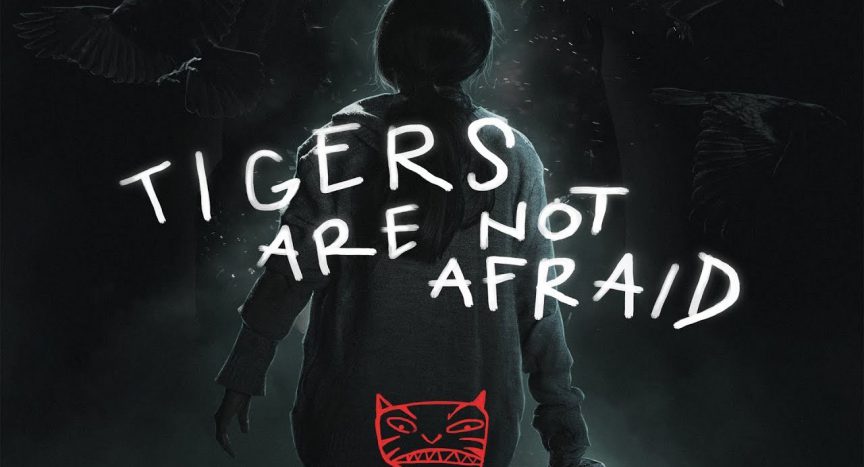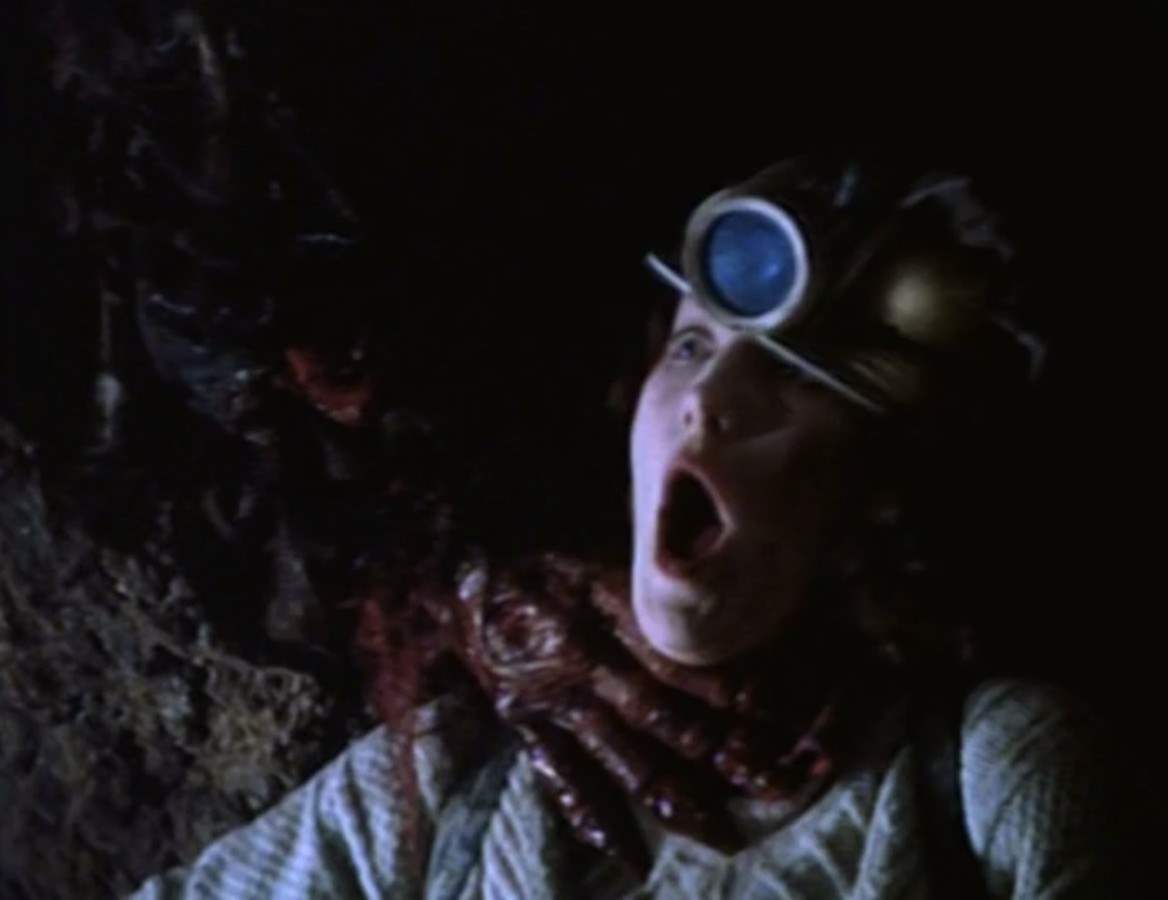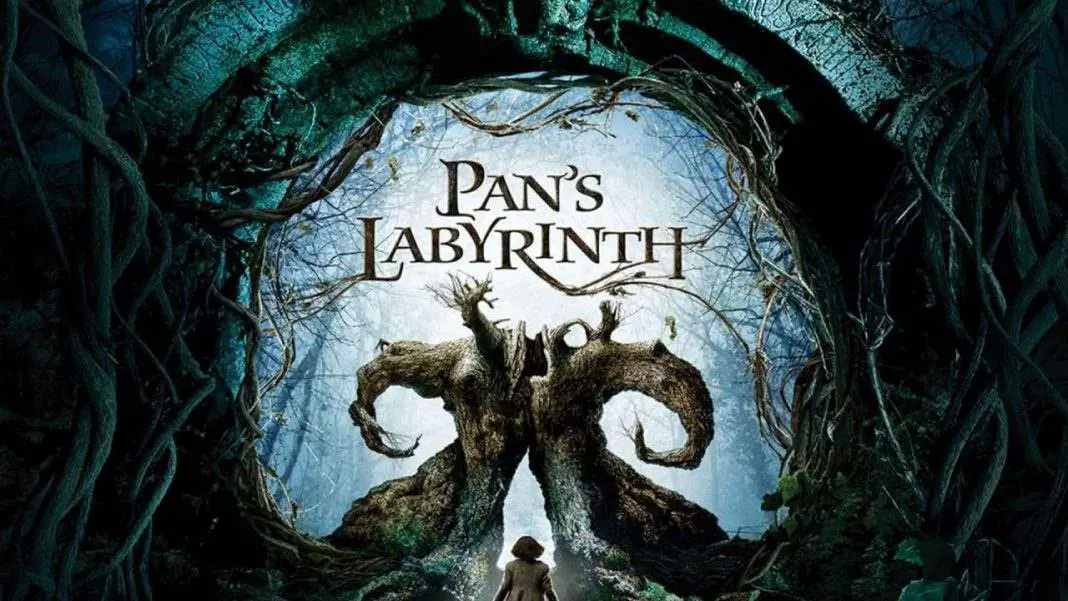Issa López’s Tigers Are Not Afraid opens with a shocking set of juxtapositions. White text on a black background tells audiences that, “Since the beginning of the drug war in 2006, 160,000 have been killed and 53,000 have disappeared in Mexico… There are no numbers for the children.” From there, López takes her audience into a classroom where they’re discussing the nature of fairy tales. The children are wearing pristine white uniforms. Their symbolic innocence crashes against the sobering statistics.
As Estrella (Paola Lara) writes a fairy tale about a prince who has forgotten that he’s a prince, the scene changes again. Now the camera is following Shine (Juan Ramón López), a boy around the same age as Estrella. Instead of going to school, he’s stalking two gangsters through an alleyway. When Caco (Ianis Guerrero) steps into a corner to pee, Shine steals his phone and his wallet. It’s a wonderfully tense moment because as López shows again and again throughout the film, she knows how to milk a scene for all it’s worth.
The movie cuts back to Estrella in her classroom. Gunfire erupts outside the school. The children jump onto the floor. Estrella’s teacher hands her three pieces of chalk, telling her they are wishes. They wait on the floor until violence ends. On her way home from school, Estrella passes by a body surrounded by police. A line of blood, moving like a snake, follows her to her apartment, where her mother is nowhere to be found.
Everything in those opening minutes is better because of the film’s brilliant editing. The statistics set audiences up to believe what they’re seeing. Then putting a scene of Estrella in school next to a scene of Shine surviving on the street shows the vast gap in privilege that can exist. Finally, the shooting and Estrella’s missing mother breaks viewers’ hearts by showing how someone in Estrella’s position can end up in Shine’s.

The fairy tales the teacher is having the students write add yet another layer of contrast that carries on throughout the film. If you’re familiar with fairy tales through the sanitized Disney cartoon adaptations, it’s likely shocking to see those elements—three wishes that might actually come true—in a Mexico torn apart by a drug war.
If you’re more familiar with the Brothers Grimm versions, it’s more fitting than shocking. For example, in the version of “Cinderella” they collected in the 1800s, Cinderella’s stepsister cuts off her big toe to try to fit her foot into the glass slipper when the Prince brings it. The other stepsister cuts off the heel of her foot. Both times, the prince notices the profusely bleeding foot. Hopefully the shoe was sanitized before Cinderella put her foot in there. Like other recent releases—including The Shape of Water, The Lighthouse, Midsommar, and others—Tigers Are Not Afraid works to return fairy tales to their former gory glory.
RELATED: Drowning and Eating Children: Mexican Folklore and the films of Guillermo del Toro
In her third feature, López’s imagery feels like it would fit into any kind of fairy tale. A grand piano burns bright in a tunnel. Koi fish live in a puddle inside an abandoned building. The light reflecting off their water shimmers on the wall. A graffiti drawing of a tiger comes alive and breaks out of its cage. All of the beauty is set opposite equally compelling ugliness: ruined buildings, gunshot wounds, and plastic wrapped murder victims.

What may be more impressive than the imagery are the performances López draws out of her cast. A good script, like the one López wrote for Tigers Are Not Afraid, could easily be sunk by bad acting. It’s happened to countless films with children, who are notoriously hard to work with, since, ya know, they’re children and it takes years to hone any craft. But both children, Paolo Lara and Juan Ramón López, imbue their characters with the playfulness of a child, but also the hardness of an adult. That dichotomy is clearest in a scene where Shine yells at Morro, a boy only a few years younger than him, for not eating his scavenged peas because they’re the only vegetable he’ll get today.
The kids, just like everything else in Tigers Are Not Afraid, are in a liminal place (think, dawn or dusk, the nebulous space between two definite things, where most magic in fairy tales take place). Because their parents are dead or gone, they’ve got to act as adults, which makes all the heartbreaking when López sneaks in a scene filled with joy. Two of Shine’s sidekicks argue at one point. One says the bad guys, “have satanic virtuals.” The other corrects, “Rituals.” Those human moments make the pain that comes their way so much harder to watch.
Tigers Are Not Afraid is well worth your time. If you don’t believe me, horror luminaries Stephen King, Neil Gaiman, and the aforementioned The Shape of Water director Guillermo Del Toro have sung it’s praises. Del Toro loved it so much that he’s producing López’s next film and sat down for an hour long interview at TIFF that’s included in this Steelbook’s “Bonus.”
In that feature, Del Toro says, “There are movies that wake people up and movies that put people to sleep,” implying that Tigers Are Not Afraid, is the former. For about forty-five minutes, he asks López insightful questions, before the forum opens up to audience questions, at which points you should turn off your TV or be punished with hearing the humble brags audience members always seem to find a way to work into their questions.
The Steelbook also includes a 45 minute making of documentary, adorable casting sessions, a director’s commentary, deleted scenes, and three photo galleries. In addition to all of that, like all Steelbooks, this one is a beautiful physical object.
Wicked Rating – 9/10
Director: Issa López
Writer: Issa López
Stars: Paola Lara, Juan Ramón López, Ianis Guerrero
Release date: May 5, 2020 (Steelbook Bluray and DVD)
Studio/Production Company: Filmadora Nacional, Peligrosa
Language: Spanish
Run Time: 83 minutes






